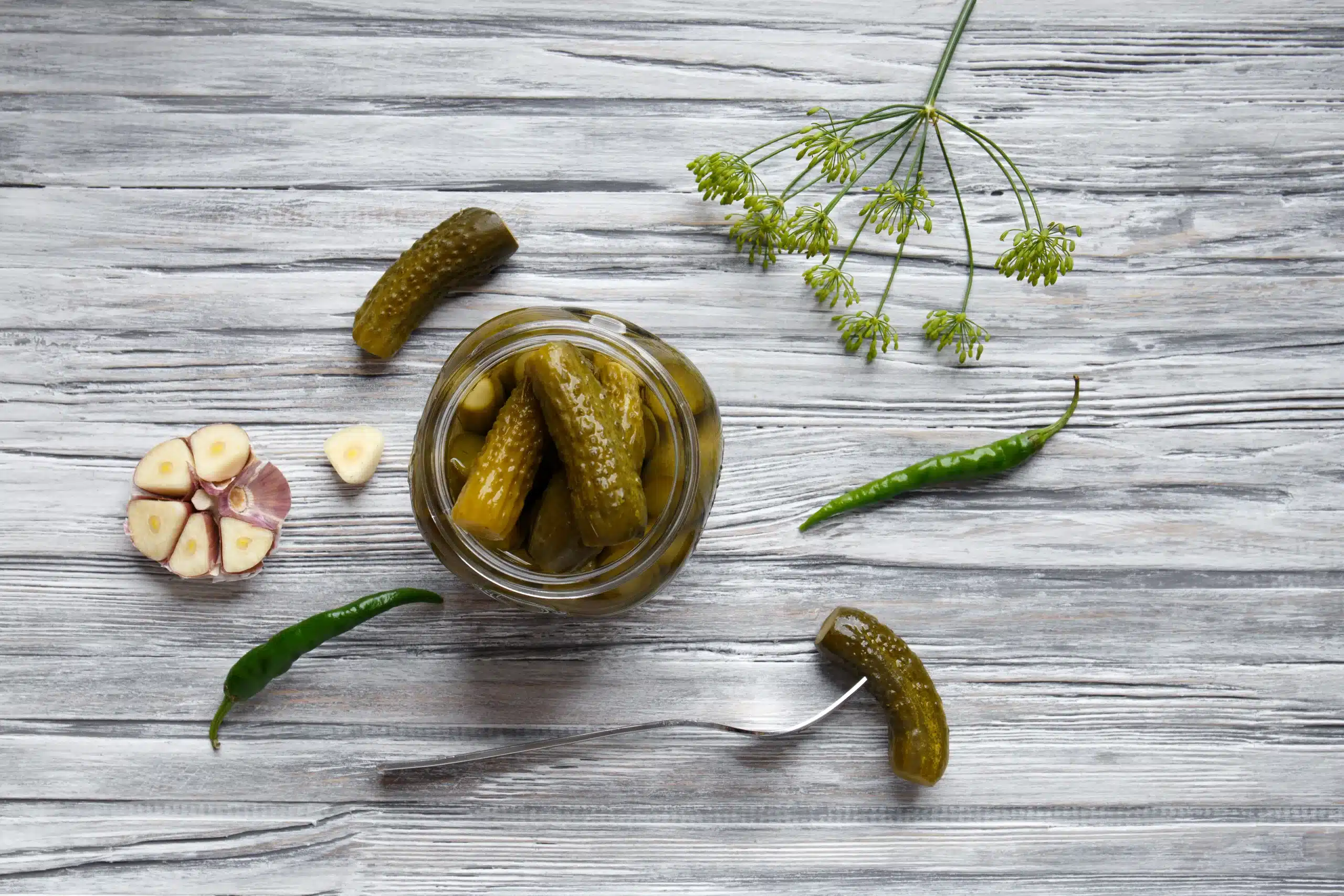Pickles, a legacy of the past, are evolving far beyond their traditional role as a side dish or garnish. Fermentation, a preservation technique spanning thousands of years, is now shining as a star in both gastronomy and modern kitchens striving to keep up with today’s fast-paced lifestyle. At the intersection of tradition and innovation, pickles are taking on a bold new role in the dining tables of the future.
A Technique Racing Against Time: The Evolution of Fermented Foods
Fermentation is one of nature’s oldest transformation methods. Early humans turned to it to preserve food for longer periods. Today, this age-old technique is being elevated to new heights, enriched with creativity, flavor diversity, and culinary exploration.
We’re no longer just talking about classic cucumber or cabbage pickles. From eggplants to beets, watermelon rinds to green plums, nearly every vegetable—and even some fruits—can undergo this transformation. This diversity brings fresh aromas, textures, and experiences to our tables.
The Rise of Fermented Foods in Next-Generation Dining
On this journey from tradition to modernity, fermented foods are not only a staple in home kitchens but also a favorite on chefs’ menus. Gourmet restaurants are creating distinction with unique pickle recipes, while homemade, small-batch pickles are regaining popularity in households.
Moreover, globalized palates are bringing together fermentation techniques from Asia to the Middle East, Latin America to Anatolia. Exotic examples like kimchi, miso, and kombucha are joining classic pickles in this cultural exchange, turning pickles into more than just a garnish—they’re becoming a universal language of global cuisine.
Long Shelf Life, Lasting Impact
The durability and bold flavors of fermented products make them indispensable for modern life’s demand for practicality. A jar of pickles transcends the limits of seasonality and reduces waste, contributing to sustainability.
Their creative uses in the kitchen are also on the rise: sauces made with pickle brine, surprise flavors in sandwiches, and even pickle-infused cocktails. These are all proof of how this traditional ingredient can transform into an innovative culinary tool.
The Future is in the Jar
Pickles are no longer just a relic of the past—they’re a part of the future. With next-generation production methods, eco-friendly packaging, and seasonal farming practices, every jar tells a story that goes beyond flavor. Fermented foods connect us to our roots while adapting to evolving lifestyles.
The tables of the future will be set with products that are in harmony with nature, creative, and carry the mark of transformation. And on these tables, pickles won’t just be a side note—they’ll take center stage.


